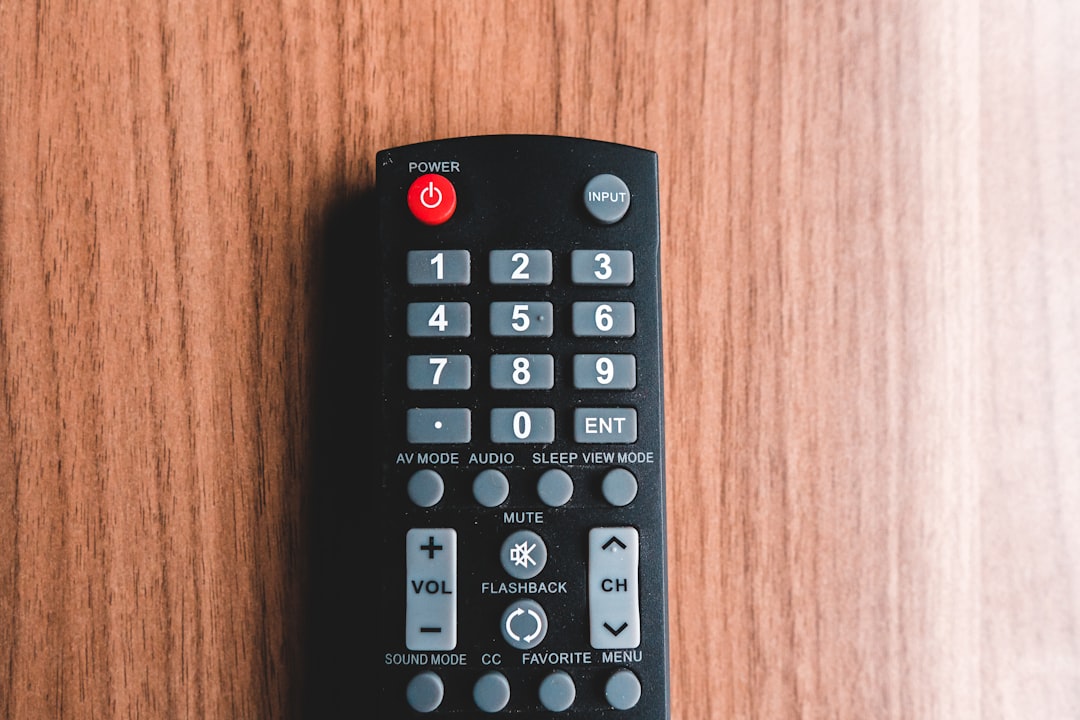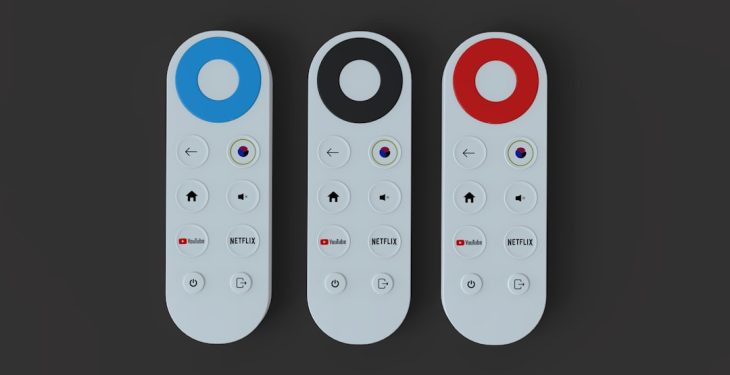Programming a remote to control a Sony TV can be a straightforward process, but it’s often accompanied by a few common pitfalls. Whether you’re pairing a universal remote, a cable box remote, or even a Sony-brand remote that has been reset, running into issues is not uncommon. Understanding the most frequent problems and how to overcome them can save you time and frustration.
1. Using the Wrong Remote Code
Perhaps the most widespread issue when setting up a Sony TV remote is entering the wrong code. Each remote has a unique set of codes depending on the brand and model of the TV.
Solution: Always refer to the latest instruction manual or the official website of the remote’s manufacturer. Sony TVs typically use a common set of codes, such as 1001, 1036, 1093, or 1135, but variations exist depending on the remote model. Try each code systematically, pressing the power button after each entry to test for control.
2. Failure to Enter Programming Mode Correctly
Another common mistake is not activating the programming mode properly before entering the code. Most remotes require you to hold down specific key combinations to enable the pairing mode.
Solution: Always follow the remote-specific instructions. For example, many universal remotes require you to press and hold the “Setup” button until an LED indicator flashes, then press the “TV” button before entering the code. Missing even one step in this sequence can lead to failure.

3. Outdated or Incomplete Code Lists
If you’re using a manual or printed list that came with the remote, it might be outdated. Sony frequently updates its firmware and models, which may not be compatible with older code databases.
Solution: Visit the manufacturer’s website to access the most recent remote code list. Many companies now offer searchable databases where you can input your TV model number and remote type to retrieve the correct codes.
4. Weak or Dead Batteries
Low battery power can prevent the remote from transmitting a strong enough signal, leading users to mistakenly believe they entered the code incorrectly.
Solution: Always insert fresh, high-quality batteries before trying to program the remote. Even if the LED light on the remote turns on, the signal strength may still be insufficient for proper communication with the TV.
5. Infrared Signal Blockage
Physical obstructions or incorrect positioning during setup can block the infrared (IR) signal, leading to failed pairing attempts.
Solution: Ensure you are pointing the remote directly at the TV’s IR sensor from a reasonable distance (usually 3-10 feet). Remove any objects that may block the line of sight, such as books, decorations, or other electronics.
6. Incorrect TV Input Settings
Sometimes, the TV appears unresponsive to remote commands not because of a pairing issue but due to it being set to the wrong input or source mode.
Solution: Double-check that the TV is on the correct input source (e.g., HDMI1, HDMI2, AV). You can cycle through inputs using the buttons located directly on the TV or use another working remote to access the menu settings.

7. Conflict With Other Paired Devices
In homes with multiple smart devices or universal remotes, overlapping signals can interfere with the TV’s ability to respond accurately.
Solution: Temporarily disable or move other remotes and IR-emitting devices during the programming process. Once successful, reintroduce devices one at a time to identify any potential conflicts.
8. Firmware Incompatibility
Newer Sony TVs with updated firmware may not accept codes successfully from older or generic remotes.
Solution: Check your TV’s firmware version under Settings > About > System Software. If a firmware update is available, install it to possibly resolve handshake or compatibility issues. Conversely, updating the universal remote itself via software (if supported) could also solve the problem.
Final Thoughts
Pairing a remote with your Sony television shouldn’t be a frustrating ordeal. By understanding the typical problems associated with remote code entry and addressing them methodically, you can accomplish the task with confidence. Always start with the basics—fresh batteries, updated codes, and direct line-of-sight—before diving into more technical fixes like firmware updates or device isolation.
If all else fails, contacting Sony customer support or the remote manufacturer may offer further guidance. Remote control technology has evolved, but precision remains key in setting it up effectively.
